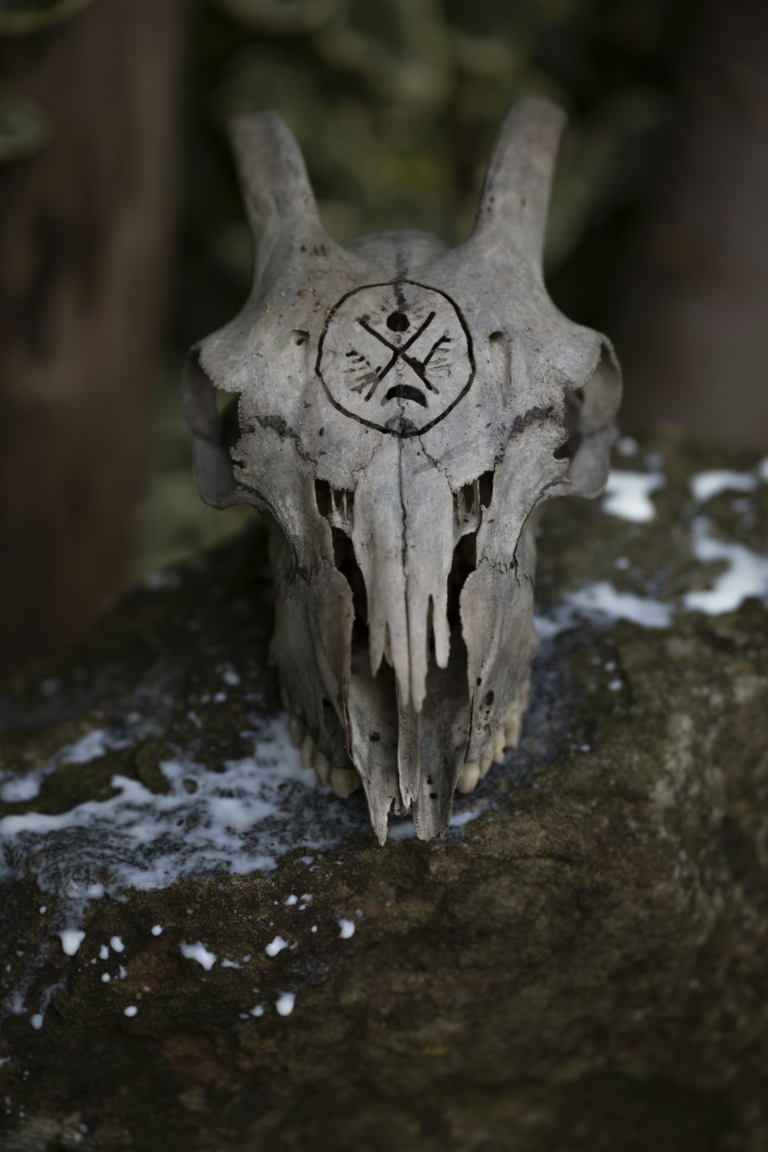
Newsletter Subscribe
Enter your email address below and subscribe to our newsletter

Enter your email address below and subscribe to our newsletter


Exploring Scottish Folk Practices and Traditions

It’s been a long time since I have had exciting event update news, but together wth some friends, we have planned an autumn folklore workshop filled afternoon and concert to follow! It’s taking place in Edinburgh at and surrounding Greyfriars…

Our homes were round once – a sacred circle. Imagine. A home with no corners. A roundhouse. Folk say the Romans made houses rectangles and introduced the cross-cutting corners of bureaucracy. The ideal Roman city was a regular grid of…
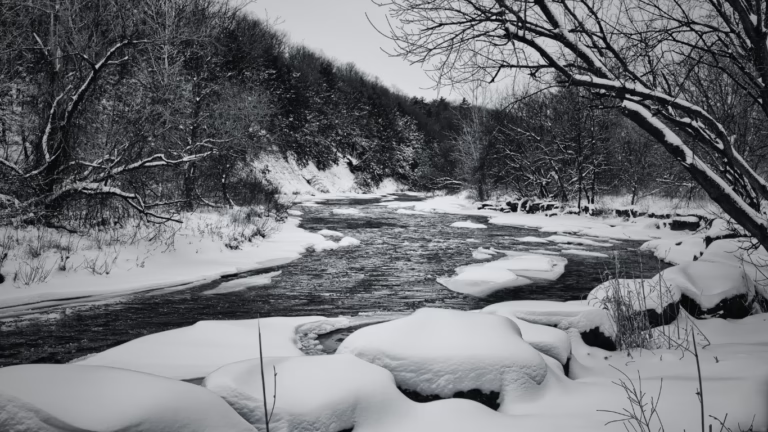
In Scottish cosmology, sacred waters such as our sea and rivers are more than elements; they are animated by their own spirits and present to us gateways to profound wisdom, spiritual insight, and personal power. Water is life and wise…
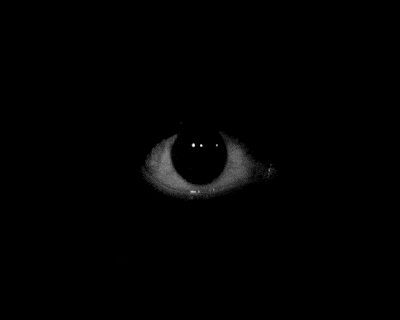
In the mountainous highlands and rugged borderlands of Scotland, the ancient belief in the evil eye, known as the “uncannie eye” or “ill eye” still lingers, casting a shadow over folklore and daily life. For centuries, Scottish folk have whispered…

Deforestation is a global problem. One caused by human action – a tiny fraction of our native forests remain in Scotland. Human connection to the history of deforestation in Scotland is complex. Every now and again, when you saunter amongst…

Fastern’s E’en or Fasterns Een is a festival in Scotland, held on the Tuesday before Lent, otherwise known as Shrove Tuesday. Fastern E’en comes from Scots. Fastern’s E’en is also known as fastern-, fastren(‘s)-, fasten(‘s)-; fasting’s- (Sc. 1750 W. McFarlane…

Scottish healing wells or stroopie wells hold a deep and long history. Stroopie comes from the Gaelic word tobar-shrùbaidh meaning healing well the last word shrùbaidh sounds like stroopie. We know from archaeology and other deposits throwing of gifts and…

Dàir na Coile is a fascinating tradition one we have very little written about. Dàir na coille I have come to love though. Its a counterpoint to consumerism – an invitation to pause and links back into the cyclical idea…

Introduction – Celtic cosmology To understand why Scottish folk practice includes a focus on nature – earth, sky and waters spirts and its animated world we need to understand the roots of this island and its associated cosmology. This post…

Marysmass, Mary’s mass, Féil-Moire (Mary’s day) the Big St Marys Feast or the Assumption day happens on the 15th of August. Personally, I think it’s a great example of the syncretic nature of Scottish Folk practices and pre reformation kirk activities.…

I’ve been chatting about wormeries and worm farms on social media for a few days and folks have been asking how to make a wormery or a worm farm and what the benefits are. I’ve had a wormery or worm…

I have written a lot about my views on Scottish spirituality and folk belief before, but I’ve never really spelled out the position – why of things. I’ve explored Scottish cultural appropriation and appreciation through a story you can find…
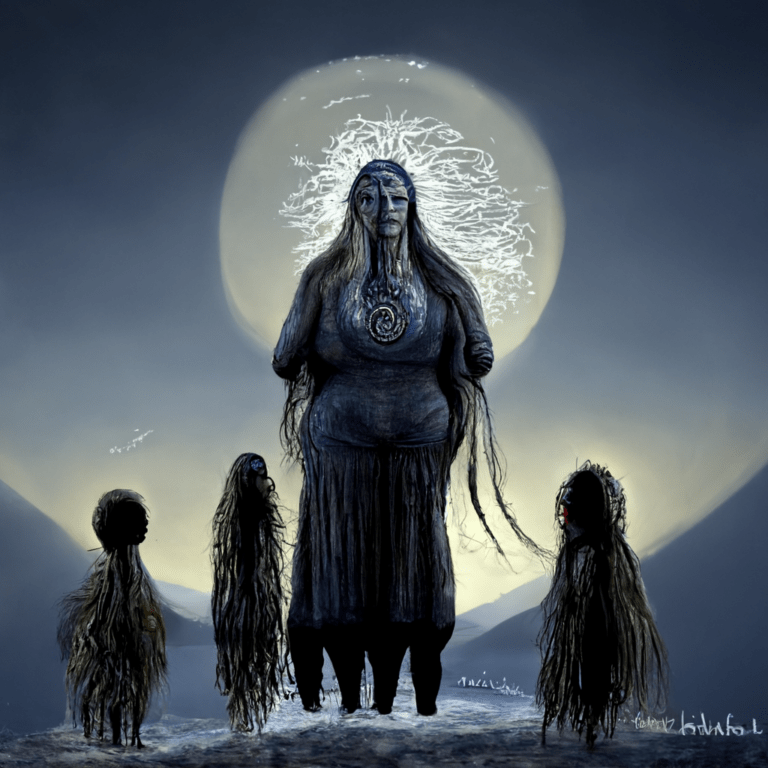
Folk devils and saints in Scottish folk magic occur time and time again. Folk devils are tied to stories in our land and demonise our past folk traditions. Saintly spirits (along with folk devils) are called up for healing, cursing,…
Dreaming Bread and Skyrie Stanes was the Taibhsear Collective’s first event. It took place in November 2018 at the Scottish Storytelling Centre in Edinburgh, and focused on exploring Scottish folk magic and traditions. It also tied in with the launch…
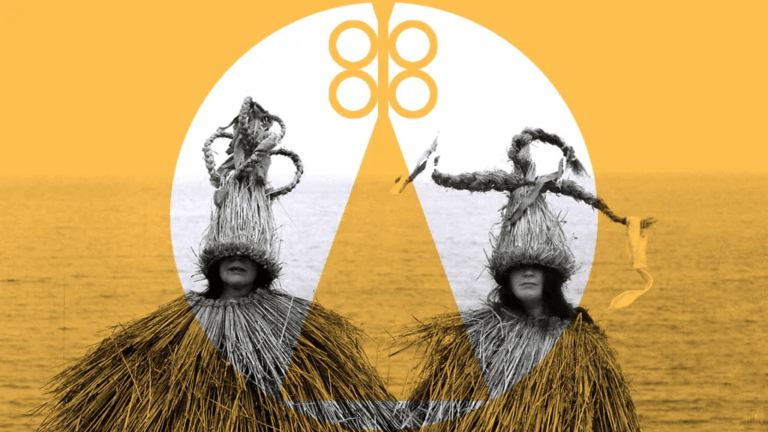
Skelling, Skeklers and Guising: Exploring Liminality was the Taibhsear Collective’s 2nd event. It took place at the Scottish Storytelling Centre in Edinburgh in November 2019. This event was all about celebrating Scottish folk magic and community traditions exploring and relating to themes…
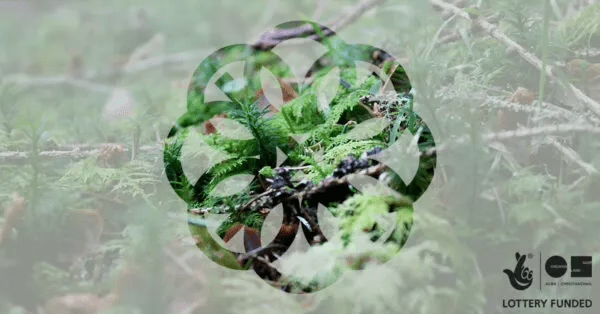
The Taibhsear Collective hosted the last in their trilogy of explorations into Winter customs. Together we explored the rich tapestry and weave of Winter’s Last online over the 23rd and 24th January 2021 through presentations and a 4 week long programme of…
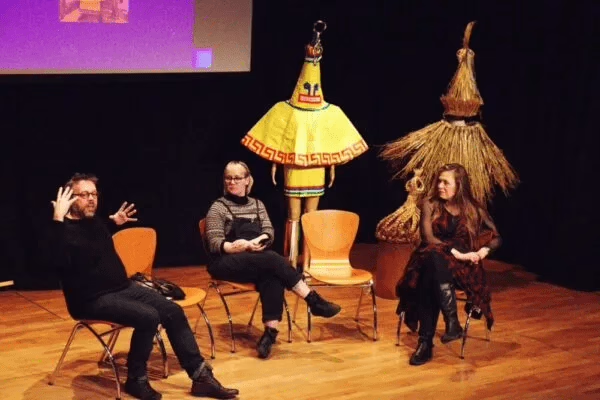
The Taibhsear Collective came together in 2018 to make Tales of the Taibhsear, an album of stories and songs based on Scottish witch trial records and the 18th century collecting work of James MacKenzie. The Collective was formed of musician…
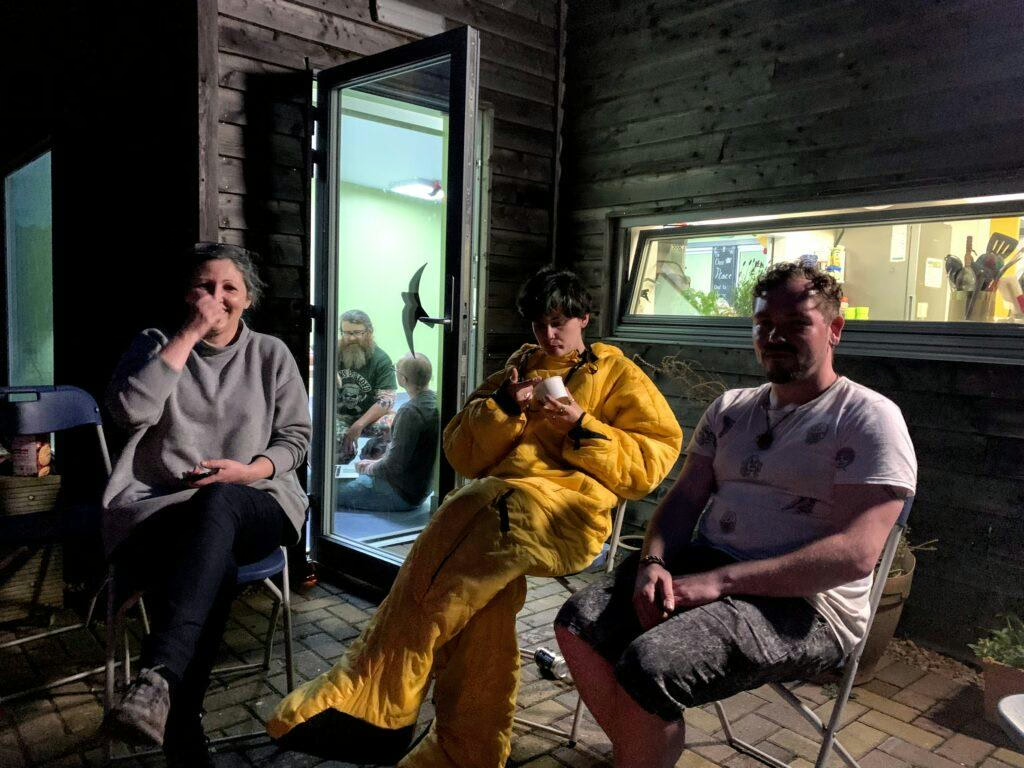
We are looking for people like you to help protect vulnerable or at risk community or folk heritage sites such as wells, springs, ancient monuments, cairns, meeting places, caves and more all over Scotland. You might be wondering what our…
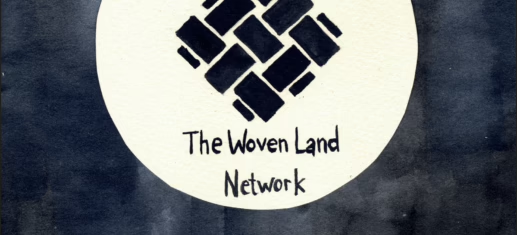
At the very heart of what we do as a voluntary collective network are our values. The woven land network values underpin everything we do and everyone who volunteers for us operates within them.

You might be wondering what our expectations are for members, site monitors and or a site custodian. Below we’ve done our best to answer your questions as best we can. If you still have questions please just contact us and we’ll answer…